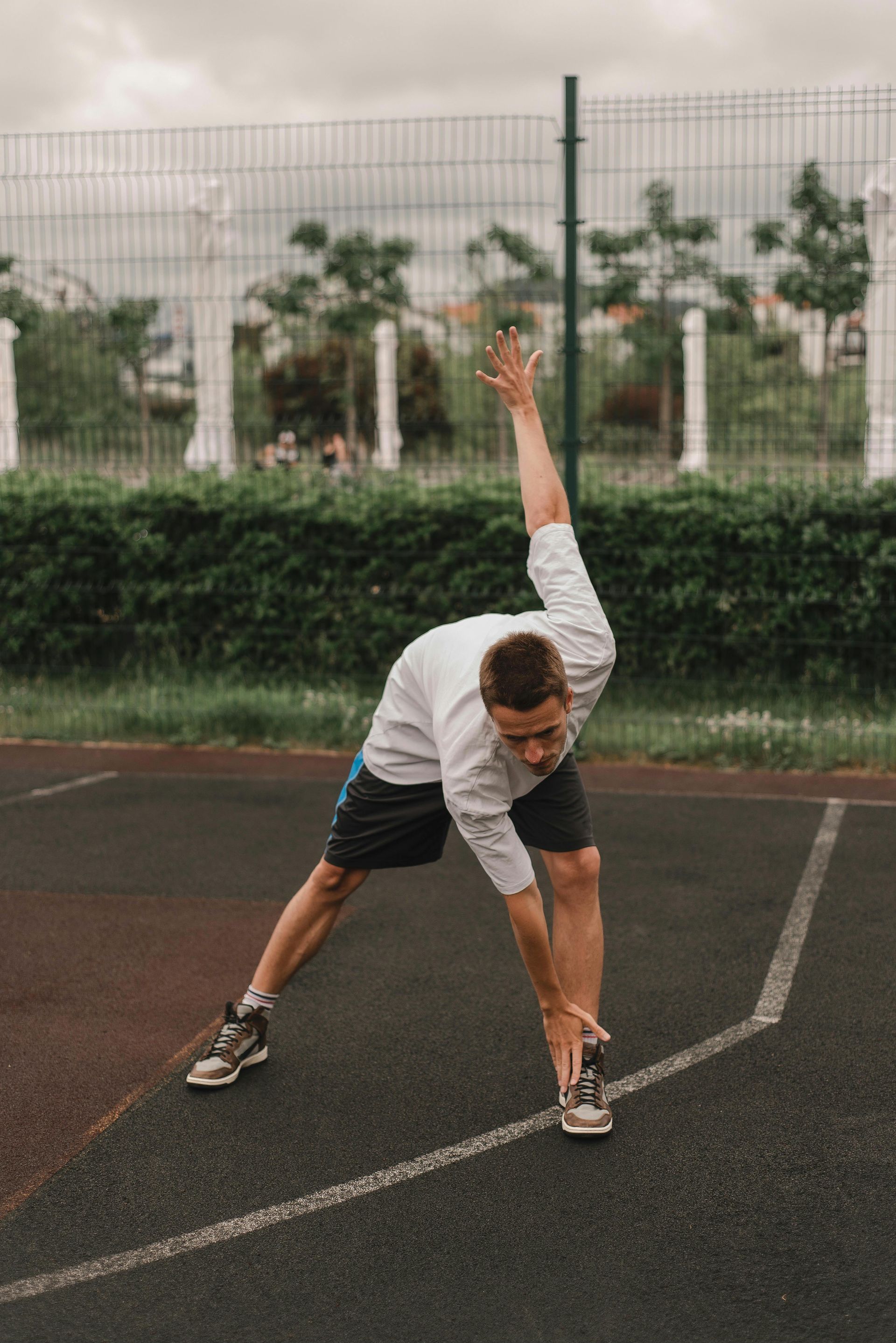Standing Barbell Military Press
The standing barbell military press, also known as the standing overhead press, is a compound exercise that primarily targets the deltoid muscles of the shoulders. Here's a step-by-step guide on how to perform this exercise:
Muscles Targeted:
- Primary: Deltoids (shoulders)
- Secondary: Triceps, upper back muscles
Equipment Needed:
- Barbell
- Weight plates
- Power rack or squat rack
Steps:
- Set Up:
- Start by placing a barbell on a squat rack or power rack at about chest height.
- Load the bar with an appropriate amount of weight. Beginners may start with a lighter weight to focus on form.
- Grip:
- Stand in front of the barbell with your feet shoulder-width apart.
- Grip the barbell with your hands just slightly wider than shoulder-width apart. Your palms should be facing forward.
- Rack Position:
- Lift the barbell off the rack and step back, ensuring you have enough space to perform the exercise without obstruction.
- Posture:
- Stand with a straight back, engaged core, and shoulders pulled back.
- Position the barbell at shoulder height, resting it on the front of your shoulders with your elbows slightly in front of the bar.
- Lift the Bar:
- Take a deep breath, brace your core, and press the barbell overhead by fully extending your arms. Keep your head in a neutral position, and make sure the barbell moves in a straight line.
- Lockout:
- Lock out your elbows at the top of the movement without hyperextending. Ensure that your biceps are close to your ears.
- Lowering Phase:
- Lower the barbell back down to the starting position with control. Avoid letting the bar crash onto your shoulders.
- Repetition:
- Perform the desired number of repetitions. Keep the movement controlled and deliberate.
- Finishing:
- Once you've completed the set, carefully rack the barbell back onto the rack.
Tips:
- Use a grip width that is comfortable for your shoulder mobility. A slightly wider grip may engage the shoulders more.
- Engage your core throughout the movement to maintain stability.
- Keep your back straight and avoid leaning backward during the press.
- Start with a weight that allows you to maintain proper form, and gradually increase the weight as you become more comfortable with the exercise.
Always consult with a fitness professional or healthcare provider before starting a new exercise routine, especially if you have any pre-existing conditions or concerns.




